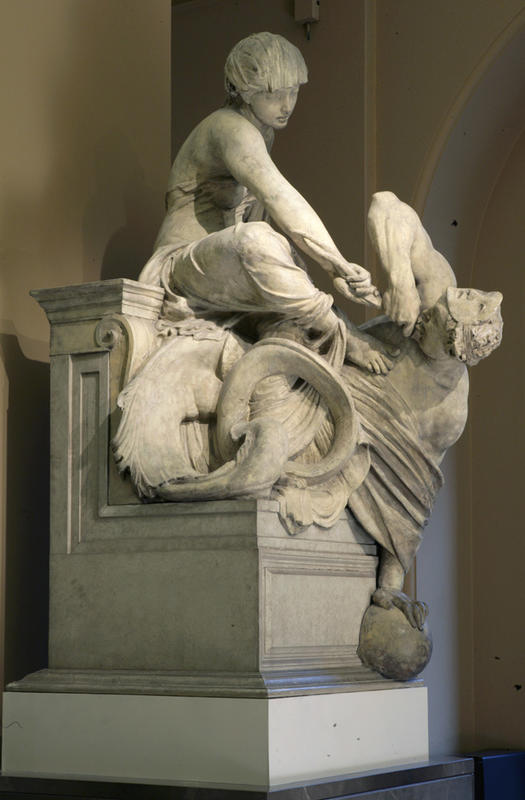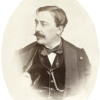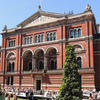More about Truth and Falsehood

Sr. Contributor
Truth and Falsehood or: How to succeed at sculpture without really trying.
Truth and Falsehood were conceived as part of the Wellington Monument, a project which artist Alfred Stevens and the British Government sabotaged so much it took over half a century to complete.
The sculpture depicts Truth vanquishing Falsehood by ripping out his two tongues. It is a companion piece to Valour and Cowardice. Truth and Valour are graceful, classically beautiful women of the Victorian ideal, whereas Falsehood and Cowardice are ugly dudes. The Victorians believed that women were paragons of virtue, responsible for the moral welfare of the Nation, which naturally meant that they should under no circumstances vote, retain property rights after marriage, or wear undergarments that allowed them to breathe.
The sculptures were part of Alfred Stevens’ Wellington Monument, which was supposed to be placed in one of the grand arches of St. Paul’s Cathedral. Soul-crushing bureaucratic red tape surrounding the project consumed the rest of Stevens’ life, and destroyed his career. The British Government compromised his vision so much that he finally abandoned it. The crowning piece was to be a statue of Wellington on horseback. Stevens’ did a deliberately half-assed job, leaving the final piece in a shabby, unfinished state. Another artist was hired to complete it, but the work still wasn’t finished by the 1920s (some 55 years after the start of the monument).
Stevens died penniless and alone of undetermined causes (we assume bitterness had something to do with it). His magnificent statues and life’s work were shoved in a tiny chapel where they were barely visible. Years after his death they were finally moved to the grand arch as promised, and are now considered to be the greatest British sculptures of the Nineteenth Century … not bad for what was basically Alfred Stevens giving the finger to the Man.











